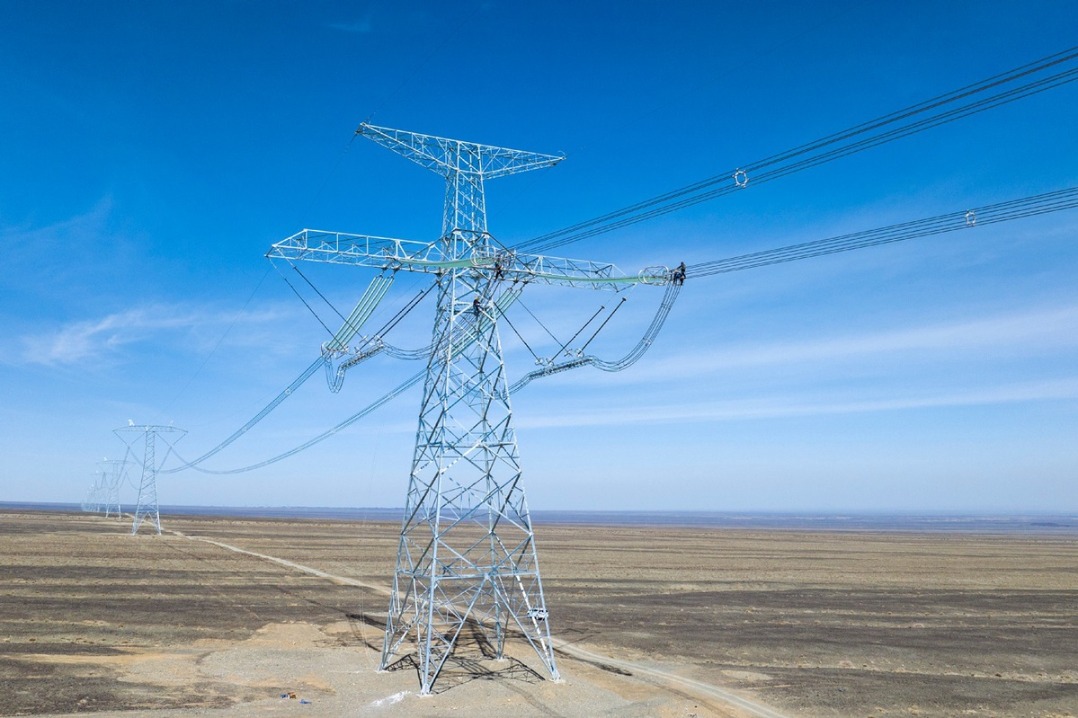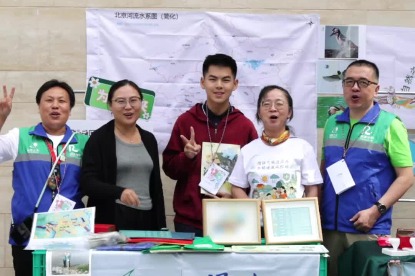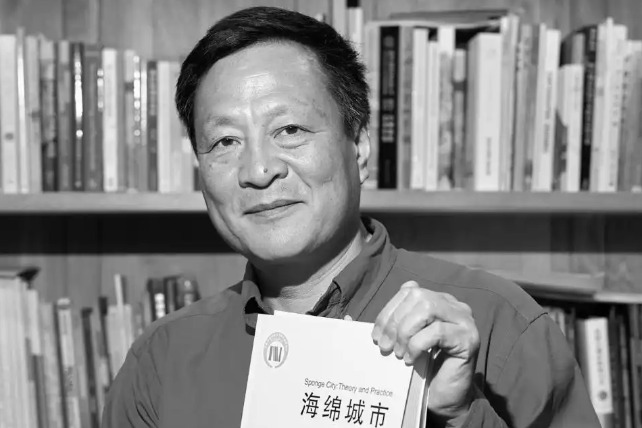Tech expert ensures efficiency of exit-entry system


Every day at 6 am, Gongbei Port, on the border of Zhuhai in Guangdong province and Macao, hears the clicking sound that announces the start of another day for the entry-exit inspection machinery that helps travelers complete the required formalities in just a few seconds.
Ouyang Xuanqian, deputy head of the technical support team, and his colleagues have worked at the Zhuhai General Station of Exit-Entry Frontier Inspection for nearly two decades, upgrading and maintaining the equipment.
The 41-year-old's technical skills and leadership of the innovative technological reforms in the entry-exit inspection system recently won him the title of National Frontier Guard, an award issued by the National Immigration Administration, due to his outstanding contribution to border security.
Ouyang joined the immigration police service in Gongbei Port, under the jurisdiction of the Zhuhai General Station, in 2005, the year the port began trials of the self-service inspection channel. In the years since, he has witnessed the dramatic changes technology has brought to the facility.
"One police officer can supervise five to seven self-service inspection channels. Compared with the previous method — one officer manually inspecting one channel and each passenger's documents — efficiency has been greatly improved," he said.
In 2006, Ouyang transferred to the port's technical support team, where he had more in-depth contact with the operation, maintenance and development of the border inspection system. Two years later, he was selected to join the technical team at the Zhuhai station.
At the time, the Meisha system, the comprehensive management system of national frontier inspection, was mainly developed and maintained by a company, which had access to the critical source code. The strong reliance on the company could have compromised the port's safety, Ouyang said.
"I was highly aware of that. I often asked myself why we couldn't do independent research and development so we would not be controlled by others," he said.
In 2009, Ouyang led his team to design the code of the most difficult part of the system — the front desk inspection module — and they developed the system's source code after days and nights of work.
Major upgrades
Over the years, Ouyang has worked tirelessly on every major upgrade, such as the improvement of electronic entry-exit documents, early-warning systems and algorithm optimization.
The annual inspection volume of entry-exit travelers at ports under the jurisdiction of the Zhuhai station had surpassed 100 million people for 10 consecutive years, which placed huge pressure on the station, so innovation and technology were regarded as the key to easing the pressure, according to the station's administration.
In 2016, Ouyang undertook the task of researching and developing inspection channels that would allow travelers to complete the entry and exit procedures on both sides by simply lining up and only going through the formalities once.
After two years of work and more than 200,000 tests, the inspection mode was successfully implemented at the port of the Hong Kong-Zhuhai-Macao Bridge in October 2018. Now, passenger inspections can be completed in 30 seconds on average, which facilitates transit and promotes the deeper integration of the Greater Bay Area, the station said.
Ouyang is also a member of the emergency team of the national frontier border inspection information system. As such, he often receives urgent tasks at 2 or 3 am.
The border inspection system is usually upgraded after the port closes at night, and the tasks can be completed around 2 or 3 am if everything goes well. However, if anything goes wrong with the system upgrade, the emergency team will intervene, he said.
During the duration of each system upgrade, usually about a week, Ouyang moves his quilt into the living room because he needs to constantly answer phone calls from different ports, and he doesn't want to disturb his wife's sleep.
Sometimes, if he can't solve a problem over the phone, he drives to the station immediately to check the system in person.
"We must solve the problems and complete the upgrade during the night to ensure that everything will operate normally the next day," he said.
- BRI annual Chinese character unveiled in SW China's Chongqing
- Hunan's Huaihua promotes its cultural cuisine
- Confucius' hometown celebrates the philosopher's birth anniversary
- China approves first Chikungunya virus detection kit
- Fujian Coast Guard organizes fleets to strengthen law enforcement patrols
- China re-elected as Category One member by global civil aviation body





































